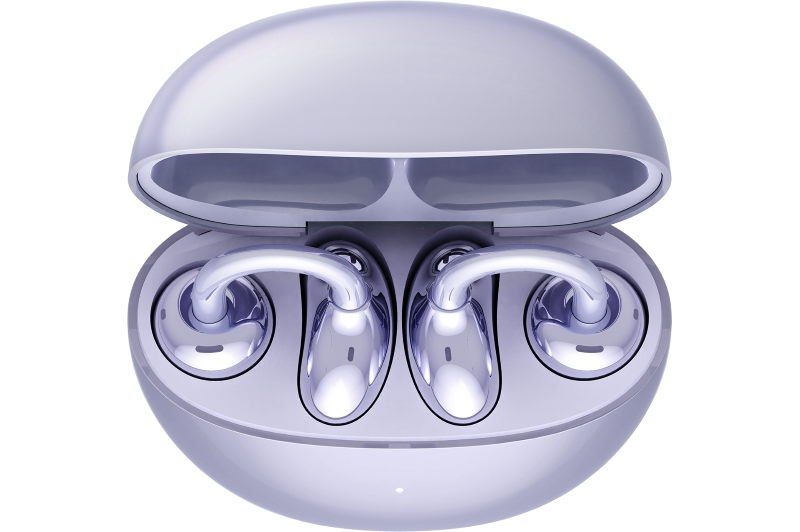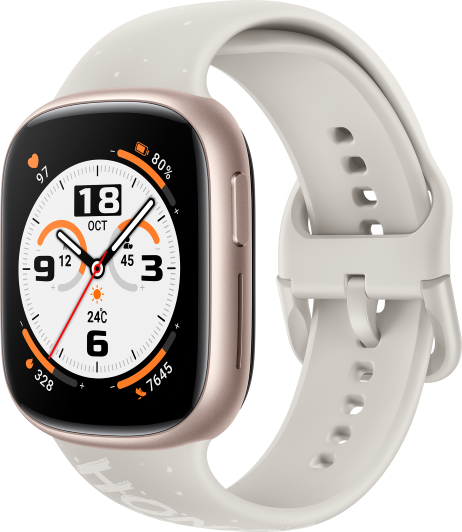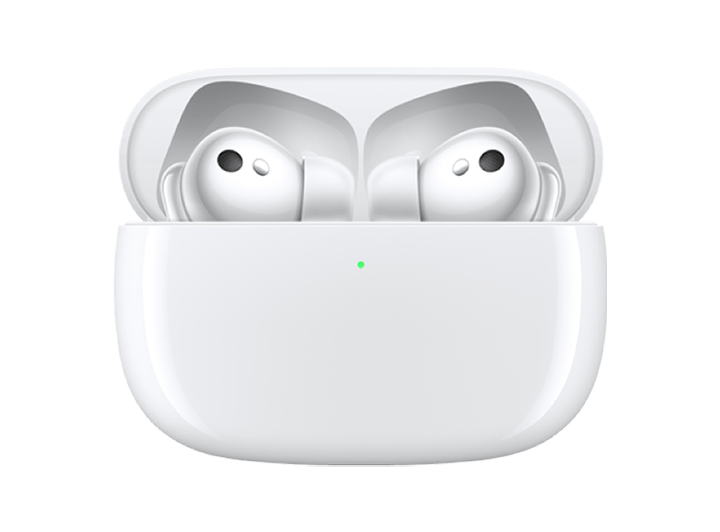TOP
Shop

我的荣耀 开启荣耀之旅
To log in to your account, you must first agree to the HONOR PLATFORM TERMS OF USE and HONOR Platform Privacy Statement . If you do not agree, you may only browse the site as a guest.
*You can unsubscribe at any time, Please see our Privacy Statement for details.
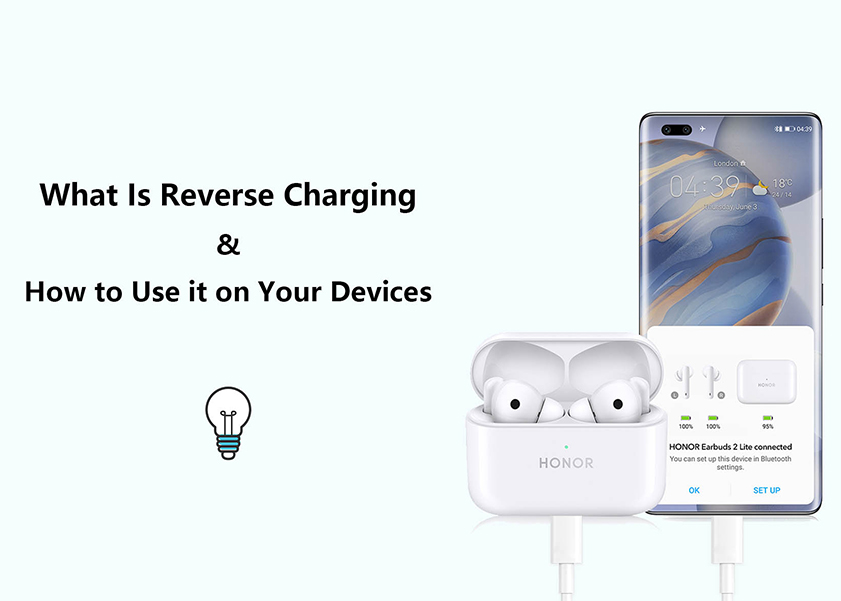
What Is Reverse Charging Technology: Finding the Convenience
Reverse charging emerges as a transform force, reshaping the way we interact with our devices in this dynamic era where innovation knows no bounds. It amplifies convenience by seamlessly transferring power between devices, ushering in a new era of pragmatism and resourcefulness.
You can learn more about the complexities of reverse charging by reading this blog post. Moreover, we will address what is reverse charging and will also examine its workings, advantages, and practical uses. Unlock a world of opportunities that take convenience to new heights by mastering the art of effortlessly recharging various devices.
If you're looking for a mid-range phone with reverse charging, look no further than the HONOR 90 , which is capable of wired reverse charging.
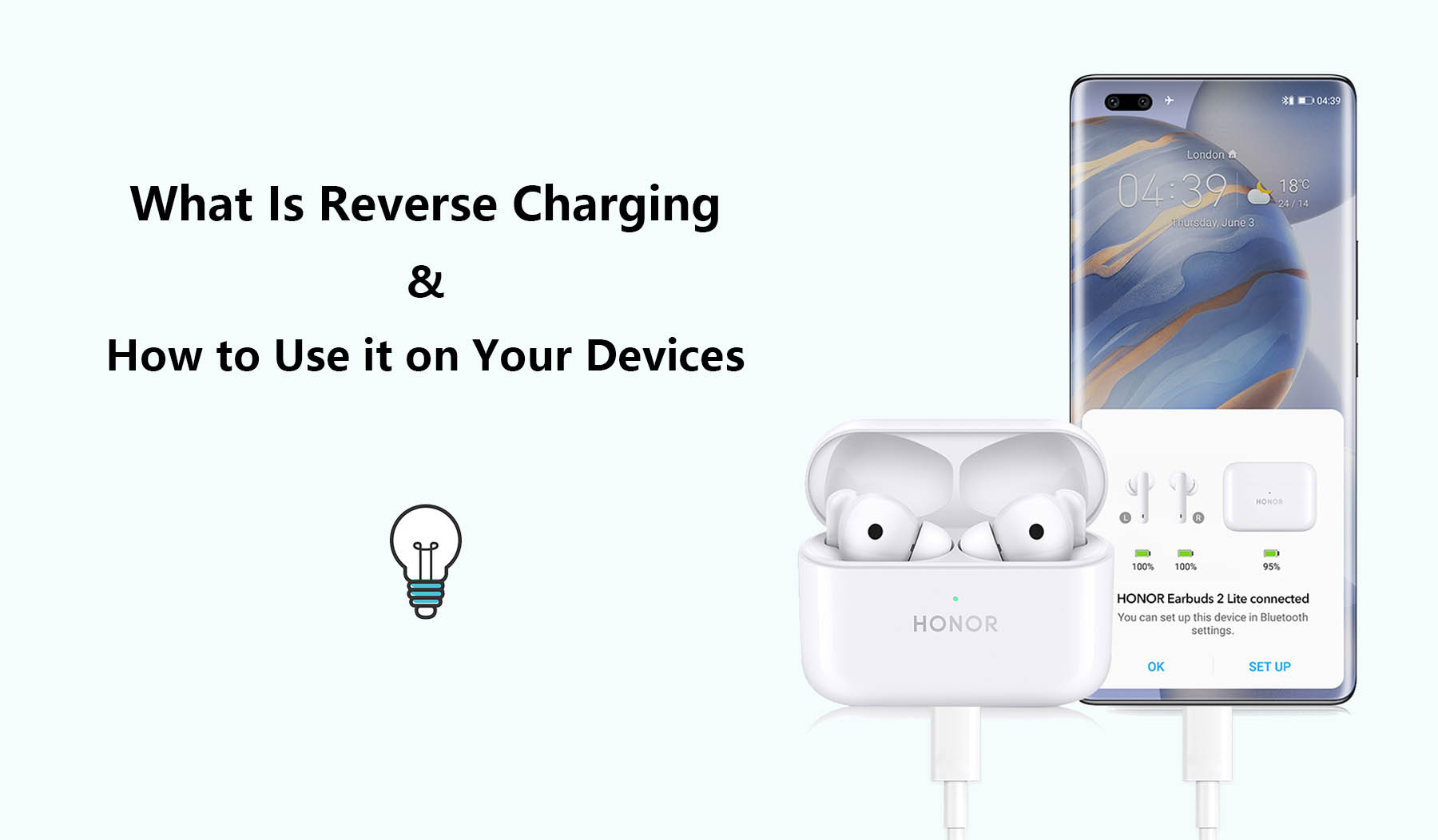
What Is Reverse Charging and How Does It Work?
Reverse charging is a cutting-edge technology that allows a device, such as a smartphone, to act as a power source and provide energy to other devices. This innovative feature has gained prominence in recent years, transforming the way we manage our devices' power needs.
It operates by essentially reversing the flow of electricity. In a typical charging scenario, a device draws power from a power source, such as a wall adapter or power bank, to replenish its battery. With reverse charging, the roles are reversed. The device becomes the power source, supplying energy to other devices through a wired or wireless connection.
Benefits of Using Reverse Charging
Now that we have known what does reverse charging mean, it’s time to learn the benefits that harnessing the power of reverse charging technology brings. Here are some of the advantages that you need to know:
1. Device-to-Device Charging: It enables seamless sharing of battery power between compatible devices, ensuring uninterrupted connectivity and functionality.
2. Emergency Power Source: In critical moments when traditional charging options are scarce, reverse charging acts as a lifeline, allowing one device to revive another.
3. Traveler's Ally: Simplify your travel kit by eliminating the need for multiple chargers or power banks. One device with reverse charging can serve as a power hub for others.
4. Universal Compatibility: Reverse charging isn't bound by brand or model; as long as devices support the feature, they can share power irrespective of their differences.
5. Environmentally Friendly: Utilizing reverse charging reduces the need for multiple chargers, promoting sustainable practices and reducing electronic waste.
6. Versatility in Charging: Empower smaller devices like wireless earbuds, smartwatches, and fitness trackers, extending their usage without worrying about battery depletion.
7. Tech-Savvy Convenience: Embrace the future of charging, showcasing your adaptability to innovative technology and staying ahead in the digital realm.
What Can Be Charged with Reverse Charging?
Reverse charging technology opens a world of possibilities by allowing various devices to share their energy. Here's a detailed look at what can be charged using this innovative feature:
• Smartphones: Some smartphones are equipped with reverse charging capabilities, allowing them to charge other smartphones or accessories wirelessly. For example, you can use one smartphone to charge another smartphone that supports wireless charging.
• Wireless Earbuds: Some wireless earbuds come with wireless charging cases. If the earbud case supports wireless charging, you may be able to charge it using reverse charging from a compatible smartphone.
• Smartwatches: Certain smartwatches with wireless charging capabilities can be charged using reverse charging from a smartphone. This is particularly useful when you're on the go and don't have access to a traditional charging cable.
• Wireless Charging Cases: Accessories such as wireless charging cases for other smartphones that don't native support wireless charging can also be charged using reverse charging.
• Other Low-Power Devices: In theory, other low-power devices with wireless charging capabilities, like fitness trackers or small IoT devices, could potentially be charged using reverse charging, provided they are compatible with the power output of the reverse charging device.
It's important to note that not all smartphones or devices support reverse charging. Additionally, the charging speed and efficiency of reverse charging may vary depending on the devices involved and their respective battery capacities. When using reverse charging, keep in mind that the device providing the charge may experience a faster battery drain, and the charging process may be slower compared to using a dedicated wireless charger.
Step-by-Step Guide for Setting up Reverse Charging
Reverse charging setups can vary slightly depending on the device model and manufacturer. So if you want to know how to do reverse charging, here’s a general step-by-step guide:
Verify Compatibility: Ensure that your device supports the Wireless Charging Standard, including phones, tablets, watches, and bands.
Check Battery Level: Make sure your phone's battery level is above 20% to effectively use reverse charging.
Enable Reverse Charging: Navigate to your phone's settings and access the Battery section. Enable the Wireless reverse charging option.
Prepare Charging Device: Turn on the device you intend to charge wirelessly.
Positioning: Place the charging device on the center of the back of your phone. Avoid placing any metal objects between your phone and the charging device.
Initiate Charging: If the charging doesn't begin within 5 seconds, adjust the position of the charging device and try again.
Monitoring: Keep an eye on the charging process to ensure it's proceeding as expected.
Deactivation Timeout: If you remove the charged device from your phone for more than 2 minutes during charging, the Wireless reverse charging function will automatically be disabled.
Remember that specific device models might have slightly different instructions, so always refer to your device's user manual for accurate guidance.
Conclusion
Reverse charging technology has revolutionized the way we manage our devices' power needs. In this article, you fully understand what means reverse charging. It offers convenience, flexibility, and practical solutions for various scenarios. As technology continues to evolve, reverse charging offers a convenient way to share power between devices, enhancing the overall user experience and ensuring that our devices remain charged and ready for use.
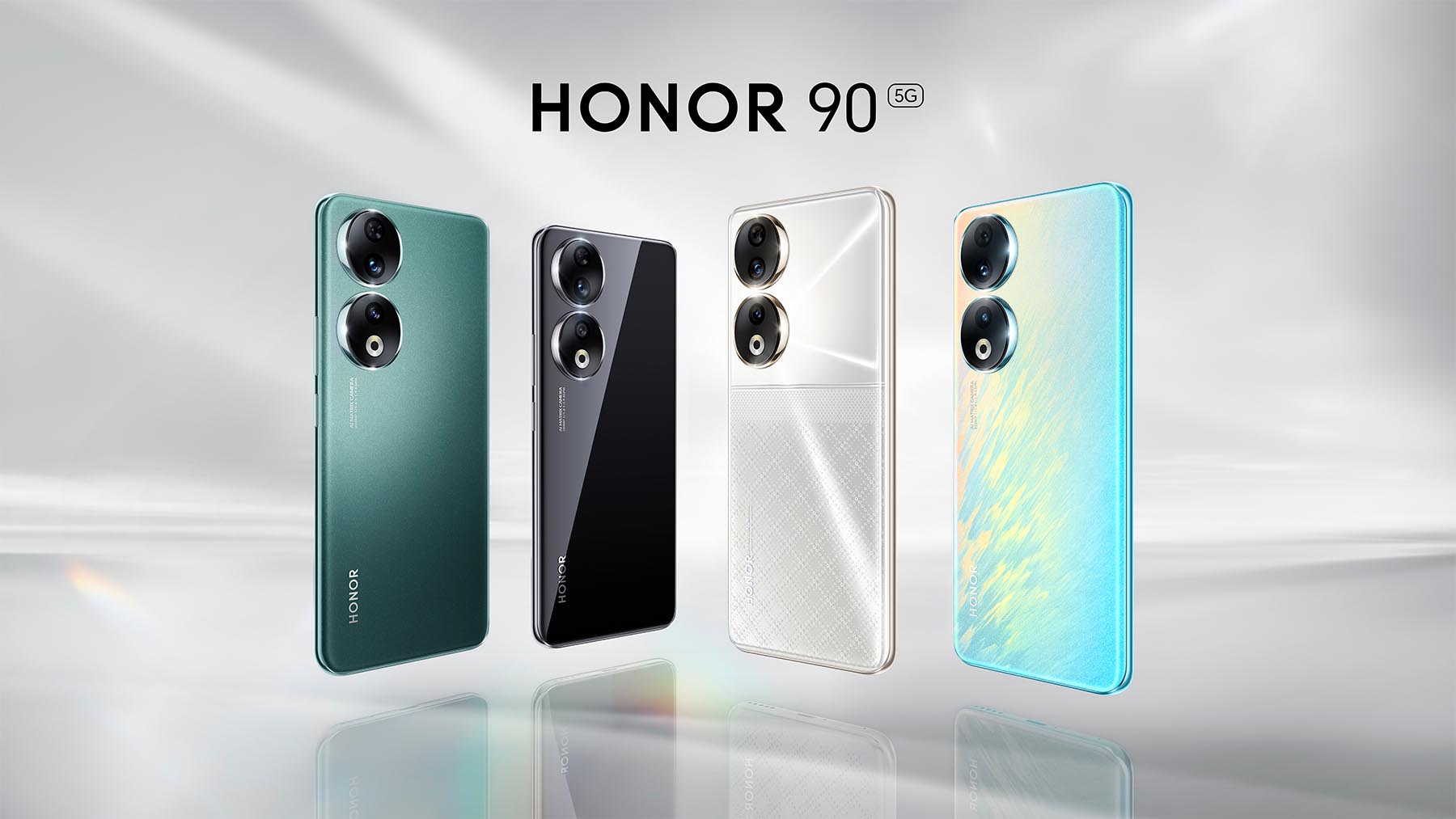
FAQ
Does Reverse Charging Damage Your Battery?
No, reverse charging is designed to be safe for your device's battery. Manufacturers implement safeguards to prevent overcharging and ensure both devices are protected during the charging process.
How Fast Is Reverse Charging?
The speed of reverse charging depends on factors like the power capacity of the supplying device, the charging cable's quality, and the receiving device's compatibility. Generally, the charging speed might be slightly slower compared to direct charging using a power adapter.
Source: HONOR Club
Subscribe For Updates - Special Offers And More.
I agree to receive the latest offers and information on HONOR products through email or IM (e.g. WhatsApp) provided below and advertisement on third-party platforms. I understand that I can unsubscribe anytime according to Chapter 6 of HONOR Platform Privacy Statement .
Consumer hotline

8008440443 Sunday - Saturday, 9:00am-9:00pm
sa.support@honor.comTax ID/VAT Registration No. 311123479500003
Commercial Registration No. 1010754462
E-Commerce Authentication No. 0000093589
Copyright © HONOR 2017-2025.All rights reserved.
We use cookies and similar technologies to make our website work efficiently, as well as to analyze our website traffic and for advertising purposes.
By clicking on "Accept all cookies" you allow the storage of cookies on your device. For more information, take a look at our Cookie Policy.
Functional cookies are used to improve functionality and personalization, such as when playing videos or during live chats.
Analytical cookies provide information on how this site is used. This improves the user experience. The data collected is aggregated and made anonymous.
Advertising cookies provide information about user interactions with HONOR content. This helps us better understand the effectiveness of the content of our emails and our website.
















































